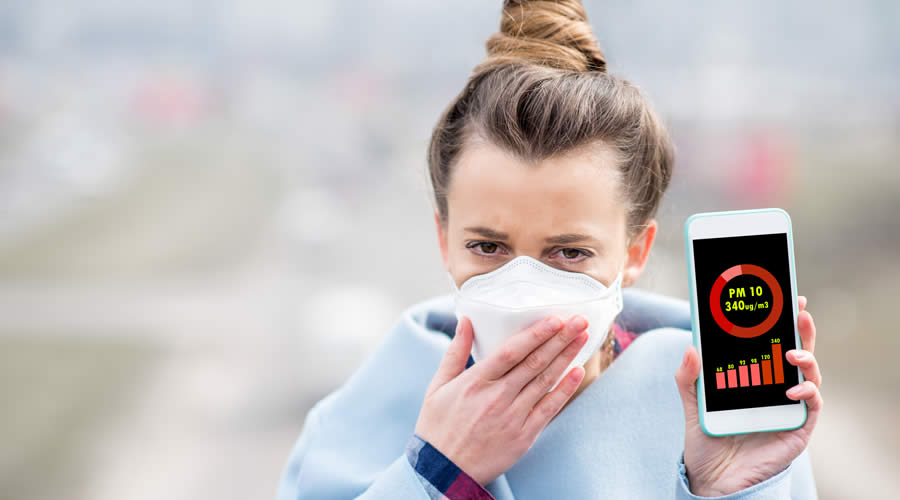One of the nation’s largest gas and electric utilities – Pacific Gas & Electric (PG&E) – is advising its customers to purchase diesel generators to prepare for potential sudden outages. There are better choices for our planet and our communities, and policymakers and utilities must embrace these new technologies.
Ever since PG&E was found at fault for a series of the most devastating fires in California history, regulators and utilities have been struggling to come up with solutions to the state’s massive wildfire problem.
In May of this year, PG&E and California’s two other investor-owned utilities announced a dramatic strategy to proactively shut down portions of their grid during high-risk conditions in order to prevent the start or spread of wildfires. These utilities have warned that any customer, regardless of location, may be affected by Public Safety Power Shutoffs (PSPS), and that resulting outages could last for more than two days.
In response, residents and businesses are scrambling for alternatives that can keep the lights on through extended blackouts. Traditionally, communities and businesses have turned to diesel backup generators (BUGs) for emergency power. Indeed, Generator firms have reported record numbers of resulting inquiries. One firm saw a 1,400 percent increase in inquiries from April to June of this year alone.
However, over-reliance on diesel generators is a hasty reaction that would ultimately worsen California’s air quality, public health, and quality of life. Worse still, this traditional, outdated solution threatens California’s climate change goals and is ill-suited to the power reliability challenges Californians now face.
Diesel Generators Rapidly Create Health Risks in Prolonged Outages
Typical diesel generator exhaust contains more than 40 toxic air contaminants, including a variety of carcinogenic compounds. The California Air Resources Board estimates that an uncontrolled one-megawatt diesel engine operating for only 250 hours per year would increase the cancer risk to residents within one city block by as much as 50 percent.
Because regulators recognize the dirty nature of these generators (they can release more air pollution than even the highest-emitting power plants), they are tightly restricted to providing backup power only during emergencies.
But what happens as these emergencies become more frequent and longer-lasting?
It’s well-documented that catastrophic weather and climate-related disasters such as wildfires, superstorms, and tornadoes are increasing in frequency nationwide. California’s intensifying wildfires, and the new normal of pre-emptive, multi-day grid outages are an early taste of an unavoidable and unfortunate nationwide trend.
In a time when more than four in ten Americans live in an area with unhealthy air, and air pollution is the fifth leading risk factor for mortality worldwide, we can ill-afford a backup power solution that releases massive amounts of harmful air pollutants into our communities.
In fact, the proliferation of these generators would reverse California’s significant progress on emissions reductions aimed at curbing the very climate-driven disasters they are meant to protect against.
Learn more about the dangers of combustion-based power.
Diesel Generators Lack the Reliability Required in Disasters
Even if we ignore the harmful health and climate effects of diesel generators, the fact remains that the technology is an inadequate reliability solution for prolonged, multi-day outages.
Diesel generators rely strictly on stored or delivered fuel to run, which creates significant vulnerability during major disasters. According to the National Renewable Energy Laboratory, long outages “often coincide with abnormal conditions such as extreme weather events, which can close roads and impede normal transportation.”
The same wildfire, storm, or flood that prevents cars from driving on the roads – a situation which occurred during the Camp Fire – prevents fuel trucks from resupplying dwindling diesel tanks.
Hospitals in Puerto Rico faced dire fuel shortages that prevented many institutions from using their diesel generators during 2017’s Hurricane Maria. As a result, hospitals turned away patients as emergency services struggled to get fuel to the people who needed it most. It is not hard to imagine how businesses could be left high and dry during disasters, as authorities redirect scarce fuel supplies to critical services.
Because diesel generators are idle assets that sit unused 99% of the time, they also face a high risk for start-up failures without diligent, continuous maintenance. During Hurricane Sandy, 16 percent of emergency medical services organizations reported diesel generators not performing as expected, according to the American College of Emergency Physicians.
For customers looking to keep their business running through prolonged PSPS outages, disasters, and whatever else a changing climate may bring, diesel generators carry too high a community cost, and simply do not provide the level of reliability that a well-functioning business demands.
The good news is, diesel generators aren’t the only option. More and more businesses and communities are turning to microgrids based on clean, resilient generation sources, to keep the lights on during prolonged grid outages without compromising local air quality.
In fact, global microgrid expert, Peter Asmus, predicts “that [the de-energization] policy is going to make California the number one state in the country for microgrids.”
And it’s not just California that’s turning to microgrids; from coast to coast, microgrids are cementing their role as the ideal power solution for today’s intensifying blackouts.
See how microgrids are helping businesses and communities around the country power through outages.



